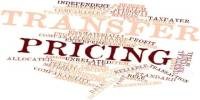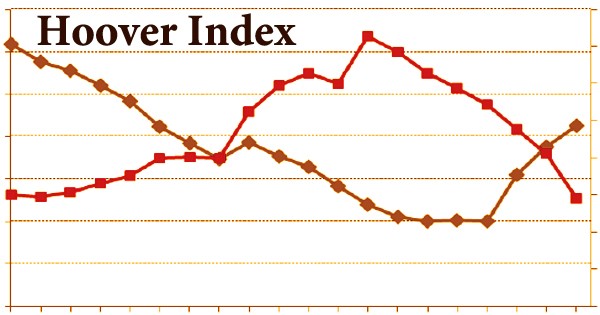The money supply is the total amount of currency and other liquid assets in a country’s economy on the date measured. It is the total amount of money in circulation (cash, coins, and bank account balances). The money supply (or money stock) in macroeconomics refers to the total amount of money held by the public at a given point in time in an economy. The money supply is typically defined as a collection of safe assets that households and businesses can use to make payments or hold as short-term investments. There are several definitions of “money,” but standard measures typically include currency in circulation and demand deposits (depositors’ easily accessible assets on financial institutions’ books). Each country’s central bank may use its own definition of what constitutes money for its own purposes.
The valuation and analysis of the money supply assist economists and policymakers in framing or changing existing policies of increasing or decreasing the supply of money. The valuation is significant because it ultimately affects the business cycle and, as a result, the economy. Money has a significant impact on economic activity because it is used in almost all economic transactions.
Governments print paper money and coins through a combination of central banks and treasuries. Money supply data is recorded and published, typically by the government or the country’s central bank. Bank regulators influence the money supply available to the public by requiring banks to hold reserves, determining how to extend credit, and other monetary matters. Changes in the money supply are monitored by public and private sector analysts because it is believed that such changes affect the price levels of securities, inflation, exchange rates, and the business cycle. It refers to the amount of money or currency that circulates in a given economy.
Economists study the money supply and devise policies based on it, such as controlling interest rates and increasing or decreasing the amount of money flowing through the economy. Because of the potential effects of the money supply on price levels, inflation, and the business cycle, public and private sector analysis is carried out. The Federal Reserve policy is the most important deciding factor in the money supply in the United States. The money supply, also known as the money stock, is another term for the money supply.
The money supply in economics refers to all of the cash and currency in circulation within a country. The quantity theory of money has historically been associated with the relationship between money and prices. At least for rapid increases in the amount of money in the economy, there is strong empirical evidence of a direct relationship between the growth of the money supply and long-term price inflation. The money supply of a country has a significant impact on its macroeconomic profile, particularly in terms of interest rates, inflation, and the business cycle. For example, a country like Zimbabwe, which experienced extremely rapid increases in its money supply, also experienced extremely rapid increases in prices (hyperinflation). This is one of the reasons for the reliance on monetary policy to control inflation.
















